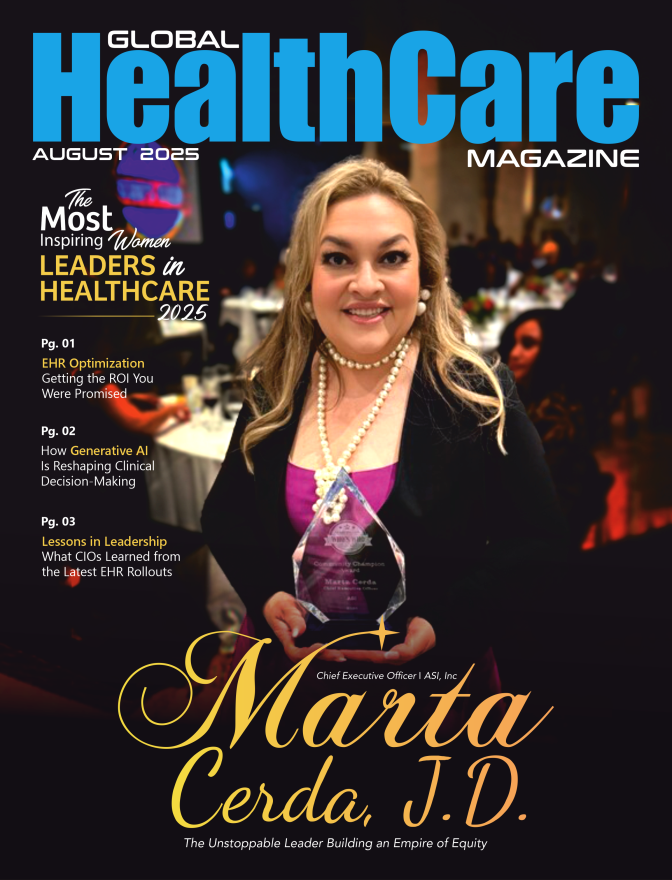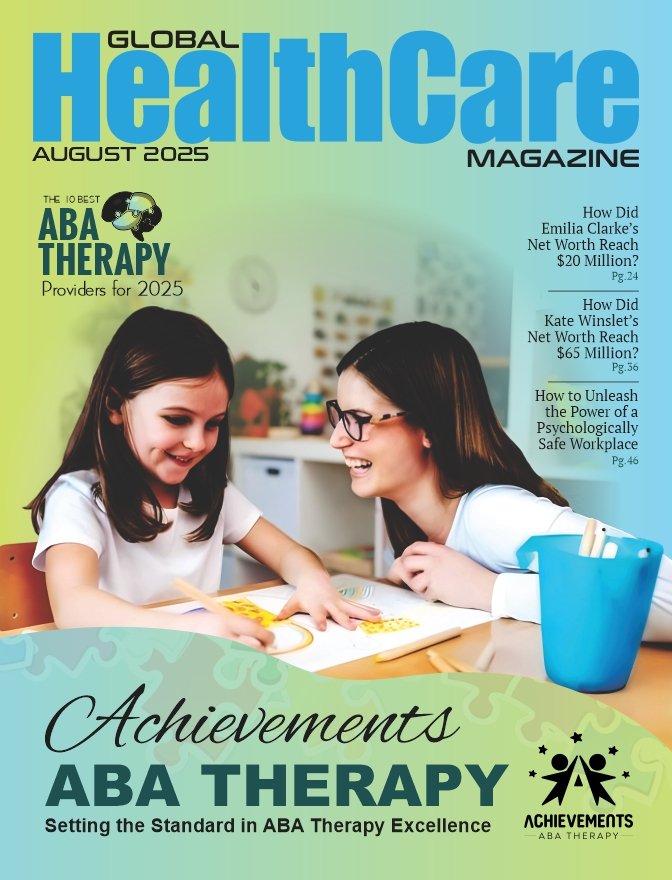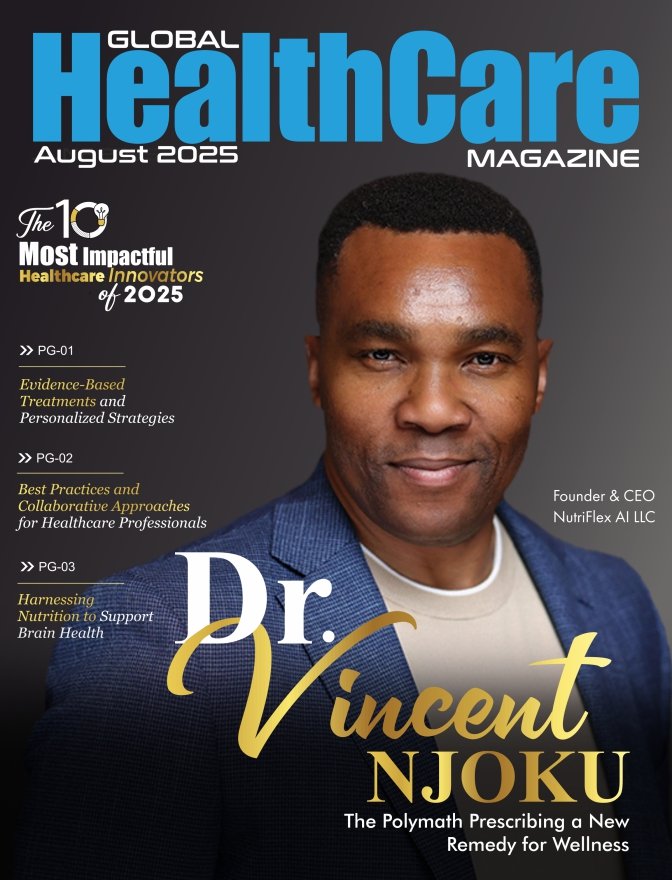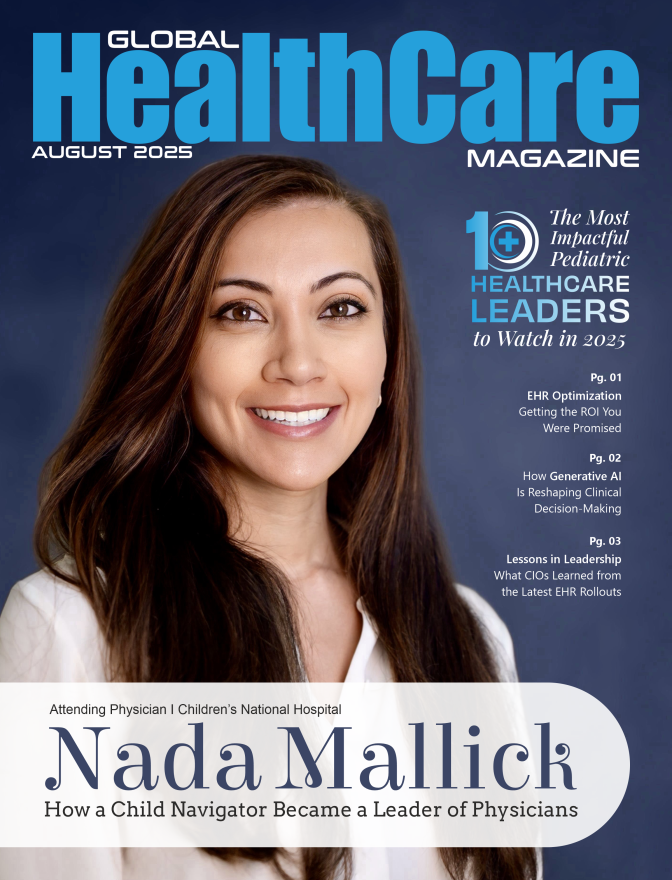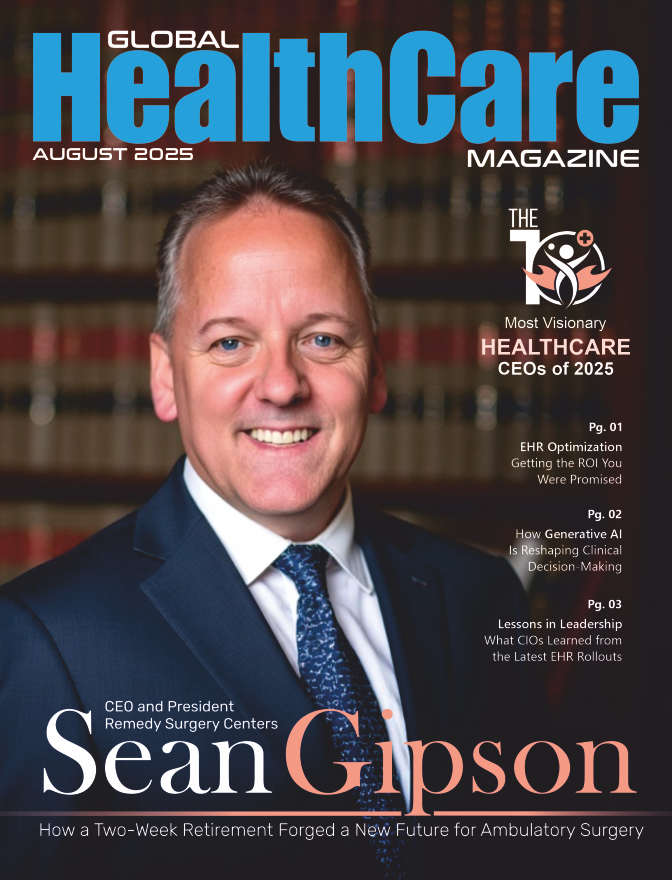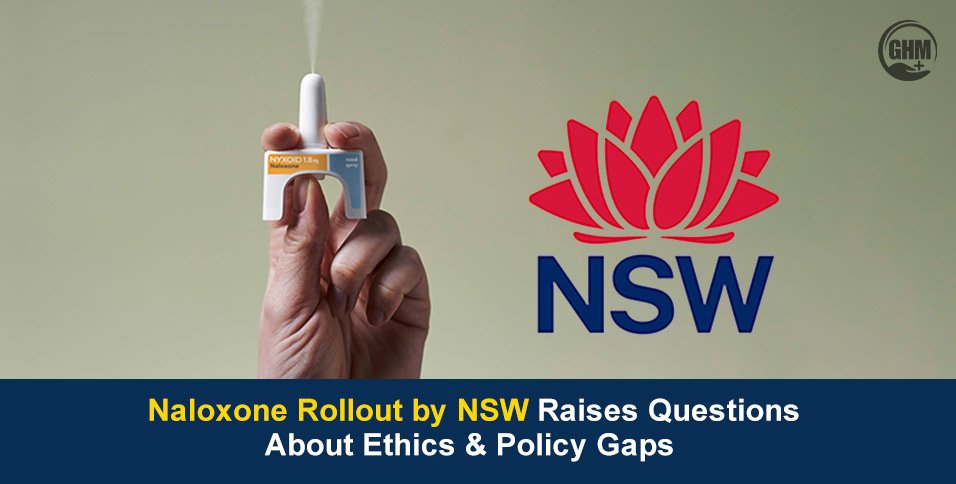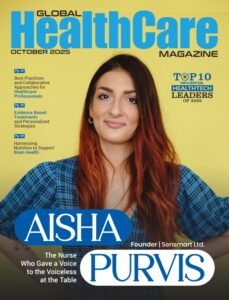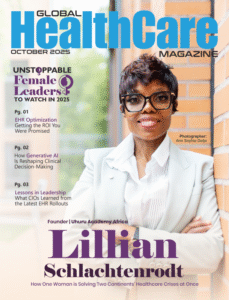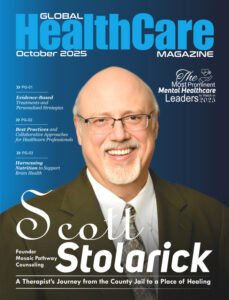The global health landscape is facing a stark and troubling reminder of a foe we thought we had vanquished. As businesses and communities continue to navigate the complexities of a post-pandemic world, the significant and unexpected Measles Outbreak 2025 is sending shockwaves through our public health systems and economies. This resurgence of a highly contagious, vaccine-preventable disease serves as a critical stress test for our healthcare infrastructure, highlighting vulnerabilities that demand immediate attention from both public and private sectors.
For citizens and business leaders alike, understanding the scope of this crisis is the first step toward safeguarding our communities and ensuring a healthy, productive future.
A Global Crisis With Local Consequences
The year 2025 has been marked by a dramatic global surge in measles cases, erasing years of progress. The World Health Organization (WHO) Region of the Americas reported a staggering 2,318 confirmed cases and three deaths between January and April alone—an 11-fold increase from the previous year. This isn’t a distant problem; it’s a crisis with major epicenters in the United States, Canada (1,069 cases), and Morocco, underscoring the interconnectedness of global health.
The primary driver is a dangerous decline in vaccination coverage. In 2023, only about 29% of countries in the Americas achieved the recommended 95% coverage for the first dose of the Measles, Mumps, and Rubella (MMR) vaccine. This has created a tinderbox of susceptible individuals, allowing the highly infectious virus to spread like wildfire.
The U.S. Outbreak: A Nation’s Immunity Breached
The United States is currently grappling with its most severe measles outbreak in over two decades, with more than 1,000 cases confirmed across 31 states. The situation is particularly dire in Texas, which has become the nation’s hotspot.
The data paints a clear picture of who is most at risk:
- Total Cases: Over 1,000
- Deaths: At least three, all among unvaccinated children.
- Hospitalizations: Nearly 100.
- Vaccination Status of Infected: A staggering 96% were either unvaccinated or had an unknown vaccination status.
The outbreak’s spread is concentrated in clusters, with children being disproportionately affected. To date, 270 cases have been identified in children aged 5-17, and another 213 in children under five. The crisis was amplified when an infected person attended a sold-out Shakira concert at MetLife Stadium in New Jersey, potentially exposing thousands and demonstrating how quickly a localized outbreak can become a national concern.
Know the Enemy: Identifying Measles Symptoms
Early detection is crucial to prevent further spread. Measles symptoms typically appear 7 to 14 days after exposure and progress in stages. Be vigilant for:
- Early Signs: A high fever (often over 104°F), a persistent dry cough, a runny nose, and red, watery eyes (conjunctivitis).
- The Telltale Sign: Two to three days after initial symptoms, look for Koplik’s spots—tiny white spots on a red background inside the mouth.
- The Rash: Three to five days after symptoms begin, a characteristic red, blotchy rash emerges, starting at the hairline and spreading down the body.
If you suspect you or a family member has measles, call your healthcare provider before visiting a clinic or hospital. This allows medical staff to take precautions to prevent exposing others.
Pinpointing Vulnerable Communities
The measles outbreak 2025 is not hitting all communities equally. The hardest-hit areas share a common, dangerous trait: low vaccination rates. In the U.S., only 11 states currently meet the 95% vaccination threshold for kindergartners required for “herd immunity.”
Specific groups at higher risk include:
- Communities with Low Vaccine Coverage: These are the primary battlegrounds where the virus thrives. In Texas, counties like Gaines, Cochran, and Dawson are outbreak epicenters.
- Socioeconomically Disadvantaged Areas: Poverty, limited healthcare access, and crowded living conditions create a perfect storm for higher transmission rates and more severe outcomes.
- Children: With 58% of U.S. cases occurring in individuals under 18, our youth are bearing the brunt of this public health failure.
The Public Health Response: Rebuilding Our Defenses
Health authorities are mounting a multi-pronged defense focused on vaccination and containment. The two-dose MMR vaccine, which is 97% effective, remains our most powerful tool. Key initiatives include:
Strategic Vaccination Drives
- Mobile clinics, local health fairs, and school-based immunizations are rolling out nationwide.
- Reminder systems (texts, calls, mail) are boosting MMR follow-through.
Community Engagement
- Health departments are collaborating with faith leaders, nonprofits, and local ambassadors to spread accurate vaccine information.
Government and Employer Role
- Policies encouraging paid time off for vaccination, insurance incentives, and school mandates are re-emerging.
Enhanced Surveillance
- Governments are tracking outbreaks in real-time, issuing travel advisories, and enhancing hospital readiness.
Essential Safety Guidelines for Everyone
Government and medical institutions have issued clear safety protocols. Your health and the health of your community depend on them.
- Verify Your Vaccination Status: The single most important step is to ensure you and your family are up-to-date on the MMR vaccine. If you are unsure, contact your doctor.
- Practice Strict Hygiene: Employ frequent handwashing and respiratory etiquette. If you have symptoms, isolate yourself to protect others.
- Use Caution in Healthcare Settings: If you must seek care for suspected measles, always call ahead. Healthcare facilities are implementing airborne precautions, and providers are required to use N95 respirators when treating potential cases.
- Travel Smart: Before any domestic or international travel, confirm your MMR vaccination is current.
- Heed Public Health Alerts: Stay informed through official channels like the CDC and your local health department, especially regarding public exposures like the one at the New Jersey concert.
The measles outbreak 2025 is a stark reminder that diseases we considered a thing of the past can return with a vengeance. Protecting our collective health requires renewed vigilance, a commitment to proven science, and a community-wide effort to ensure everyone is protected.


